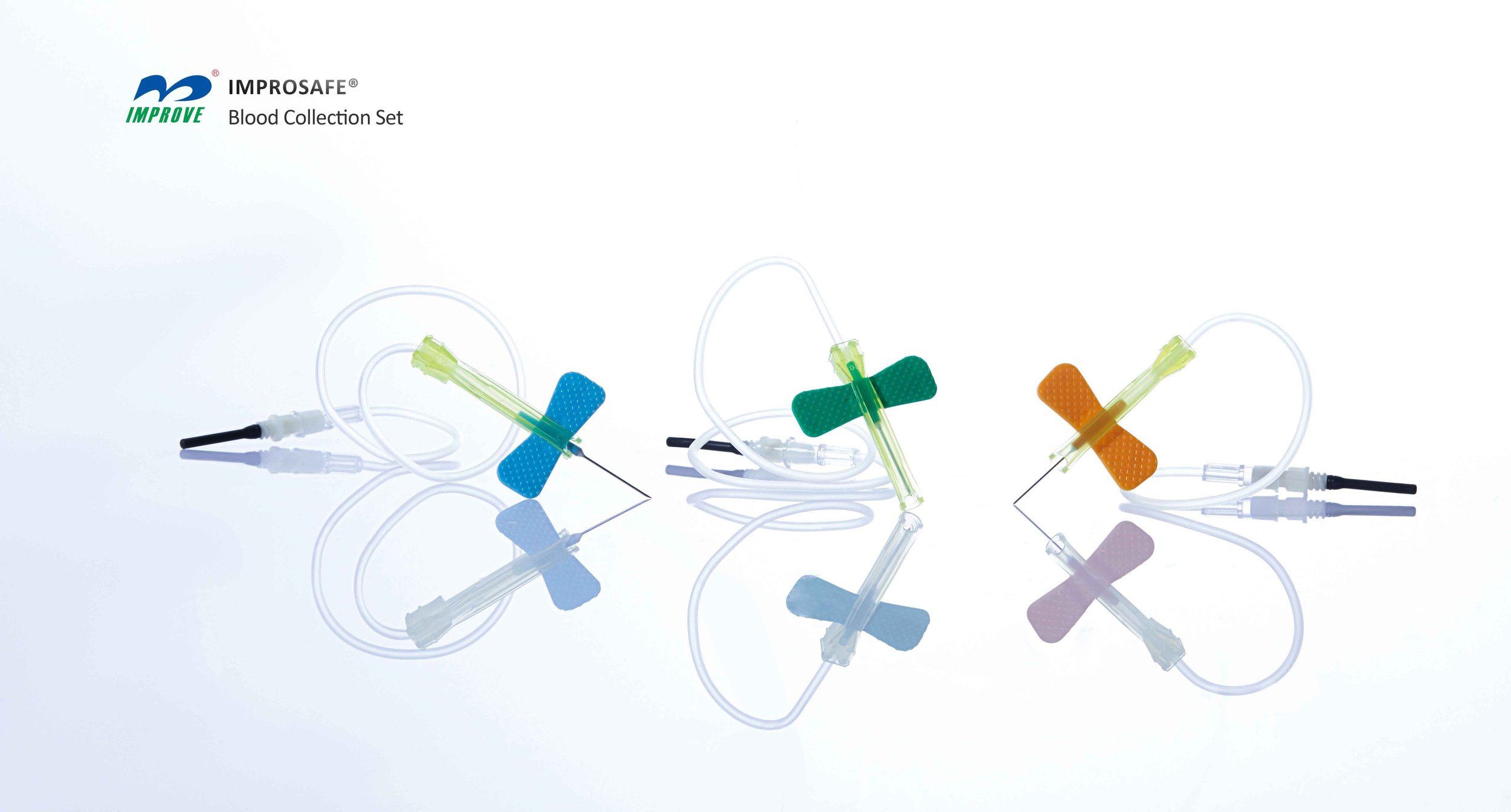Qualifications for Participating in Continuing Education Programs for Phlebotomists
Summary
- Phlebotomists play a crucial role in the healthcare system by collecting blood samples for testing and analysis.
- Continuing Education programs are essential for phlebotomists to stay updated with the latest techniques and advancements in the field.
- Qualifications needed for phlebotomists to participate in Continuing Education programs include a high school diploma or equivalent, completion of an accredited phlebotomy training program, and certification from a recognized organization.
Introduction
Phlebotomists are vital members of the healthcare team responsible for collecting blood samples from patients for testing and analysis. In the United States, phlebotomy is a regulated profession that requires certain qualifications to practice. Continuing Education programs are essential for phlebotomists to enhance their skills, stay up-to-date with the latest industry trends, and maintain their certification. In this article, we will explore the qualifications needed for a phlebotomist to participate in Continuing Education programs in the United States.
Qualifications for Phlebotomists
High School Diploma or Equivalent
One of the basic qualifications required for individuals interested in pursuing a career in phlebotomy is a high school diploma or equivalent. This educational background provides the necessary foundation for phlebotomists to understand medical terminologies, follow safety protocols, and communicate effectively with patients and healthcare professionals.
Completion of an Accredited Phlebotomy Training Program
Before applying for certification and participating in Continuing Education programs, phlebotomists must complete an accredited phlebotomy training program. These programs are offered by various educational institutions, including community colleges, technical schools, and vocational schools. The training typically includes classroom instruction, lab practice, and clinical experience to prepare phlebotomists for the demands of the profession.
Certification from a Recognized Organization
After completing a phlebotomy training program, individuals can obtain certification from recognized organizations, such as the American Society for Clinical Pathology (ASCP), the National Healthcareer Association (NHA), or the American Medical Technologists (AMT). Certification is not required by all states, but it is highly recommended as it demonstrates competence and commitment to the profession. Phlebotomists must meet certain eligibility criteria, such as completing a specified number of hours of clinical experience and passing a certification exam, to become certified.
Continuing Education for Phlebotomists
Continuing Education programs are designed to help phlebotomists expand their knowledge, improve their skills, and stay current with advancements in the field. These programs cover a wide range of topics, including new blood collection techniques, updated safety guidelines, and emerging technologies in laboratory testing. Participation in Continuing Education is essential for phlebotomists to maintain their certification and enhance their professional development.
Qualifications for Participating in Continuing Education Programs
Phlebotomists must meet certain qualifications to participate in Continuing Education programs, which vary depending on the organization offering the program. Some common qualifications include:
- Active certification as a phlebotomist from a recognized organization
- Completion of a specified number of Continuing Education credits within a certain time frame
- Compliance with all renewal requirements set forth by the certifying organization
Benefits of Continuing Education
Participating in Continuing Education programs offers several benefits for phlebotomists, including:
- Keeping up-to-date with the latest industry trends and best practices
- Improving technical skills and knowledge in phlebotomy
- Enhancing career prospects and opportunities for advancement
Conclusion
Phlebotomists play a critical role in the healthcare system, and Continuing Education is essential for them to stay current with industry standards and advancements. To participate in Continuing Education programs, phlebotomists must meet certain qualifications, including a high school diploma or equivalent, completion of an accredited phlebotomy training program, and certification from a recognized organization. By investing in their professional development through Continuing Education, phlebotomists can enhance their skills, expand their knowledge, and advance their careers in the field of phlebotomy.

Disclaimer: The content provided on this blog is for informational purposes only, reflecting the personal opinions and insights of the author(s) on the topics. The information provided should not be used for diagnosing or treating a health problem or disease, and those seeking personal medical advice should consult with a licensed physician. Always seek the advice of your doctor or other qualified health provider regarding a medical condition. Never disregard professional medical advice or delay in seeking it because of something you have read on this website. If you think you may have a medical emergency, call 911 or go to the nearest emergency room immediately. No physician-patient relationship is created by this web site or its use. No contributors to this web site make any representations, express or implied, with respect to the information provided herein or to its use. While we strive to share accurate and up-to-date information, we cannot guarantee the completeness, reliability, or accuracy of the content. The blog may also include links to external websites and resources for the convenience of our readers. Please note that linking to other sites does not imply endorsement of their content, practices, or services by us. Readers should use their discretion and judgment while exploring any external links and resources mentioned on this blog.
